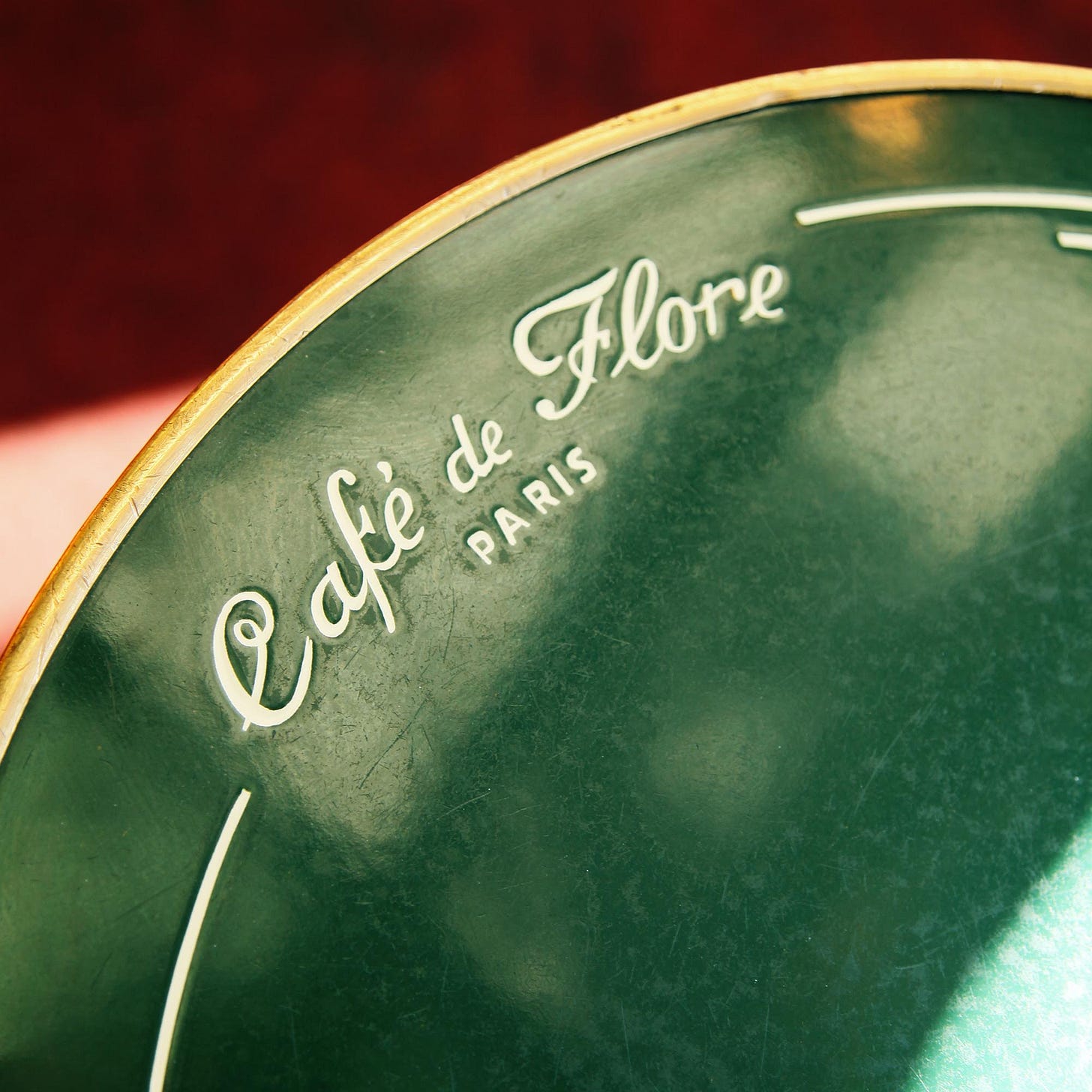Whenever I stroll down Boulevard Saint-Germain, there is one corner that never fails to make me pause and look twice: the legendary Café de Flore. Its green-and-gold façade, rows of wicker chairs facing the street, and timeless Art Deco interior make it feel like a portal back to another era. As a photographer and a lover of Parisian stories, I find Café de Flore endlessly fascinating, not just for its perfectly brewed coffee and people-watching, but for the rich tapestry of history woven into its marble tables and red booths
.
The Birth of an Icon
Café de Flore first opened its doors in the 1880s, during the early days of the Third Republic. Its name is said to come from a small sculpture of the goddess Flora that once stood on the other side of the boulevard. At a time when the Left Bank was still evolving into the intellectual and artistic heartbeat of Paris, the café quickly became a meeting point for writers, poets, and thinkers who shaped the city’s identity
.
The Golden Age: A Hub for Intellectuals
By the 1920s and 30s, Café de Flore had cemented its reputation as one of the key gathering spots for Paris’s literary elite. While Les Deux Magots, just across the street, attracted its own crowd, Flore distinguished itself with its loyal clientele of Surrealists, Existentialists, and avant-garde artists
Keep reading with a 7-day free trial
Subscribe to French Glimpses to keep reading this post and get 7 days of free access to the full post archives.







